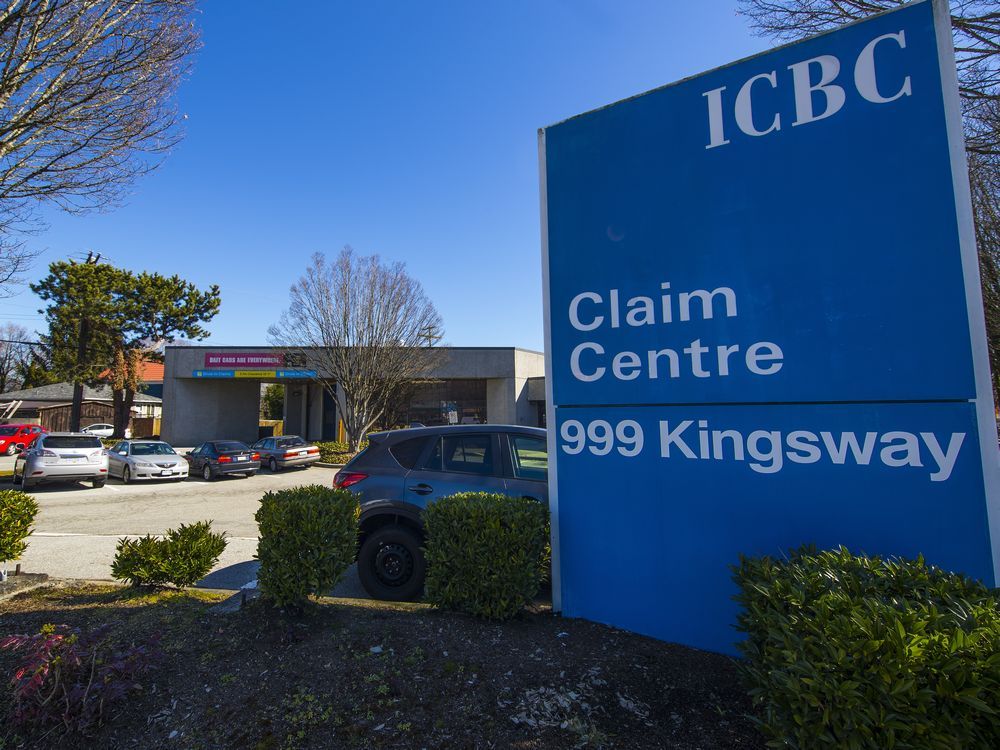B.C.'s new insurance system mirrors Manitoba's

Credit to Author: Rob Shaw| Date: Fri, 07 Feb 2020 01:44:34 +0000
VICTORIA — B.C. has spent months working with Manitoba and Saskatchewan to draft its new no-fault insurance model, drawing on two decades of experience in those provinces while mapping out the biggest overhaul of auto insurance in B.C.’s history.
The CEOs of the Crown auto insurers in those provinces met with Attorney General David Eby last spring and began helping crunch data on what a no-fault system would look like in B.C.
“If we were going to do a significant reform, it had to be totally credible and the only way that it can be totally credible is if it was based on real world experiences in other jurisdictions,” said Eby. “And so Saskatchewan and Manitoba became the models.”
The overall structure of B.C.’s new system appears to most closely mirror that of Manitoba’s. That province has a government monopoly on basic coverage and has had no-fault auto insurance since 1994.
Much of Manitoba’s system was in turn modelled on Quebec, which brought in full no-fault in 1978, giving B.C. the benefit of long experiences in both provinces.
Staff at Manitoba Public Insurance have been helping actuaries at the Insurance Corp. of B.C. estimate costs and crunch data for months, said Ben Graham, CEO of the Manitoba agency.
“The reason why it helps with insurance rates is because you are not worried about a one-off accident costing you, through court, say one or two million,” Graham said of the no-fault matter. “We simply don’t have them here.
“If you think about that from managing your financial exposure, it really helps with that predictably in the rates. What B.C. will probably find in the coming years is they will recalibrate their insurance rates, but when they get it to the model we have in Manitoba, which is a break-even model on insurance, it should be much more predictable.”
Manitoba’s auto insurance premiums have risen 24 per cent since 2001, compared to more than 60 per cent in B.C. in the same time. Manitoba runs its public auto insurer in a non-profit model, meaning if it earns enough in premiums that rates decrease, instead of profits going into government coffers. It applied this year for a rate cut of almost one per cent in 2020.
Graham said customers are less inclined to try to perpetrate fraud because instead of chasing one large court payment that may not land in their favour, they receive predictable weekly and monthly benefits.
“There really isn’t that much incentive to try and fleece us for more money, because the benefits are very much set in stone,” he said. “They still try. But there’s less incentive.”
The number of personal injury lawyers in Manitoba is proportionally a fraction of that in B.C. because of the no-fault system, said Graham. And while the B.C. public may be skeptical, he said once ICBC begins to funnel the $700 million annually it spends in legal fees back into the benefits system, he expects it will produce a notable change in public sentiment.
“I actually think a number of years from now premiums will be so much lower, and people will still be getting amazing coverage, it will be a non-topic,” he said.
B.C. appears to have both copied and rejected parts of Saskatchewan’s auto insurance model.
B.C.’s new lifetime maximum care limit of $7.5 million is slightly more generous than the approximately $7 million in Saskatchewan’s no-fault system. And B.C. copied a Saskatchewan rule that allows motorists to sue outside of no-fault if the other driver is convicted of a criminal negligence, being impaired or dangerous driving.
However, Saskatchewan’s system includes a hybrid model that allows people to opt-out of no-fault by purchasing an insurance package with lesser benefits that gives them the right to sue later for more damages in a crash. B.C. opted not to go that route. Very few people appear to choose this option, with Saskatchewan Government Insurance reporting in 2018 that 99.4 per cent of residents chose to stick with government no-fault over the lawsuit system.
Saskatchewan has not raised basic rates in the past five years, while ICBC rates rose more than 25 per cent in that time.
B.C. has also rejected following Ontario’s auto insurance model, which is both fully privatized and a kind of limited-no-fault system in which lawsuits are still allowed for pain and suffering deemed severe — loss of a limb, spinal cord damage, blindness and traumatic brain injury, among others.
B.C. looked to learn from Alberta when launching a $5,500 cap on pain and suffering for minor injury claims last year, but it’s shift to no-fault propels it beyond Alberta’s limited cap approach and fully privatized system. Alberta, too, appears to be eyeing a shift to no-fault with a review panel to address rates that have risen sharply in the past five years.
“We’re going to look at how to have a more effective control,” Alberta Premier Jason Kenney said in December. “Something like a no-fault insurance system, which maintains a reasonable control on the awards.”